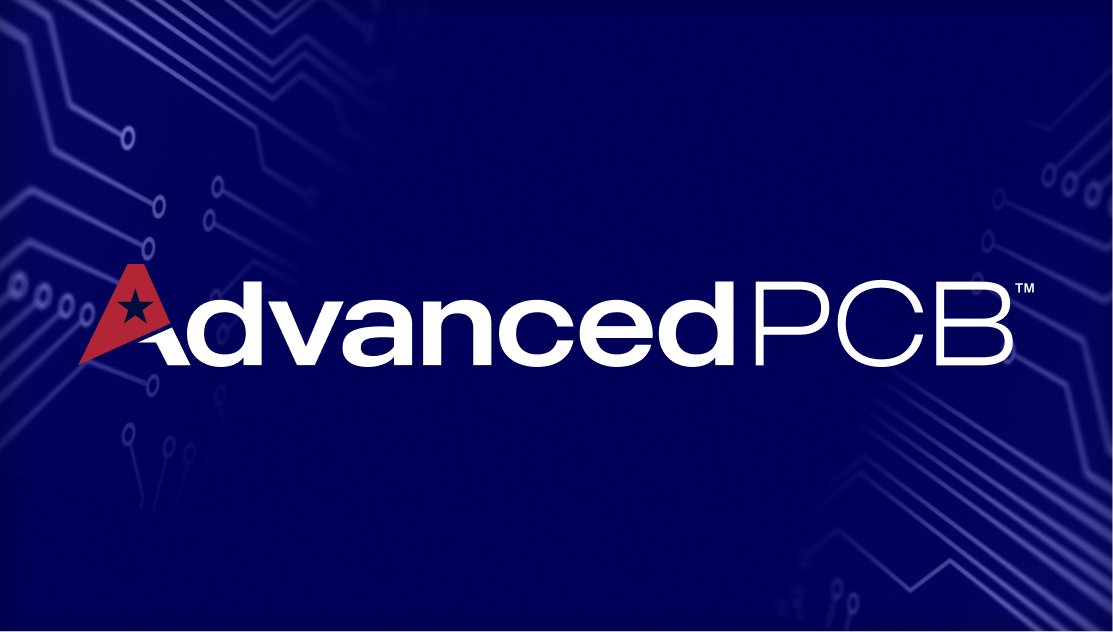PCB Design and Prototypes

Prototypes may be developed for limited-function boards to test proof-of-concept of single functions, before production of a more complex finished product.
Build-outs of increasing complexity can ensure quality and expected results as functions are added to the design. This is especially useful in more complex PCB designs where failure after final fabrication creates costly rework and redesign.
Manufacturing of high-density or multi-layer boards are scenarios where prototyping can accelerate the processes of PCB circuit concept-to-production. Building cost-effective prototype boards is a specialty service offered by some PCB fabricators.
Cycling prototype boards as designs are fine-tuned and validated for functionality and reliability can speed development of a working final design. The cost of rework is significantly increased if the requirement or board failure is discovered later in the process. This makes prototype design software a valuable tool for electronic engineers and circuit designers.
Prototype Variations
Electronic Design Automation (EDA) software includes several categories that include prototype design tools for design professionals. Prototypes fall into several categories:
- Proof-of-concept – this may include some of the intended functionality to prove a circuit design concept is feasible and reliable, but may not include all functionality planned for the final product.
- Working prototype – includes all intended functionality, but could be refined in the final design.
- Visual model – adheres to the final physical design for illustrative purposes, but is not a working prototype.
- Functioning prototype – this stage should include all functionality and characteristics of the final production board. The possible difference is that manufacturing may be performed on different equipment or can even include slightly different materials. This is generally due to differences in facilities at a given fabricator. Some manufacturers may have separate areas where prototypes are developed on a quick-turn basis as opposed to high-volume manufacturing lines that are be more automated or utilize different fabrication processes.
PCB designers may incorporate processes that utilize multiple types of prototypes during design and approval phases of the project. Certain PCB designs may also require that functioning prototypes are manufactured in the same conditions as volume production will be done, to ensure the same quality and functionality are achieved in the final version.
PCB Prototype Design Software Functions
Prototype design software is offered in sophistication levels focused on beginners and hobbyists, intermediate electronic technicians, and experienced professionals. Focusing on software directed at advanced or professional PCB designers, there are a number of features that should be expected when selecting and using prototype development software:
- Price – if software is not affordable or justifiable, the product is immediately eliminated. However, there are very sophisticated and full-featured products offered at no cost by some vendors.
- Ease of use – software that is difficult to navigate and understand will take much longer to provide efficiency and value to the user.
- Support – integrated help, online documentation and help topics, and live support contacts are the best combination for software users. Anything less may increase the learning curve and slow the project or generation of prototypes.
- Development of schematics – creation of schematics is often an initial stage of generating a prototype. This process should include features to place and edit routing, board components and other electrical elements, and graphics desired.
- Creation of connection points, pins, and descriptions.
- Inclusion of libraries for components and board elements needed for design. This includes the capability for adding and editing libraries to add custom objects to the libraries.
- Board editing capabilities for placing and moving pads, defining custom board shapes, and multi-layer definitions related to such areas as solder masks, keep-out areas, etc.
- Complete control of PCB routing, RF design, and net management.
- File generation for turning the prototype design into a fabrication-ready board.
Where free software is provided, there are instances where more complex designs require features not offered in the free version. Designers must purchase a more sophisticated level of the software to gain access to advanced functionality. Due diligence is in order to determine whether or not such limitations impact selection of the software.
Putting PCB Prototype Design Software to Use
Utilizing prototype software will benefit PCB designers in several areas:
- Software ensures adherence to standards and alerts designers to obvious errors.
- Streamline the project development process through validation of design concepts early.
- Save cost by reducing changes and rework.
- Detect design errors or potential problems in the prototype phase, before fabrication.
Consulting with a potential fabrication resource on their manufacturing processes can help designers with selection of software that will be compatible with their fabrication systems.

AdvancedPCB
Related Posts

Future trends of the circuit board

2-Layer vs. 4-Layer Printed Circuit Boards
